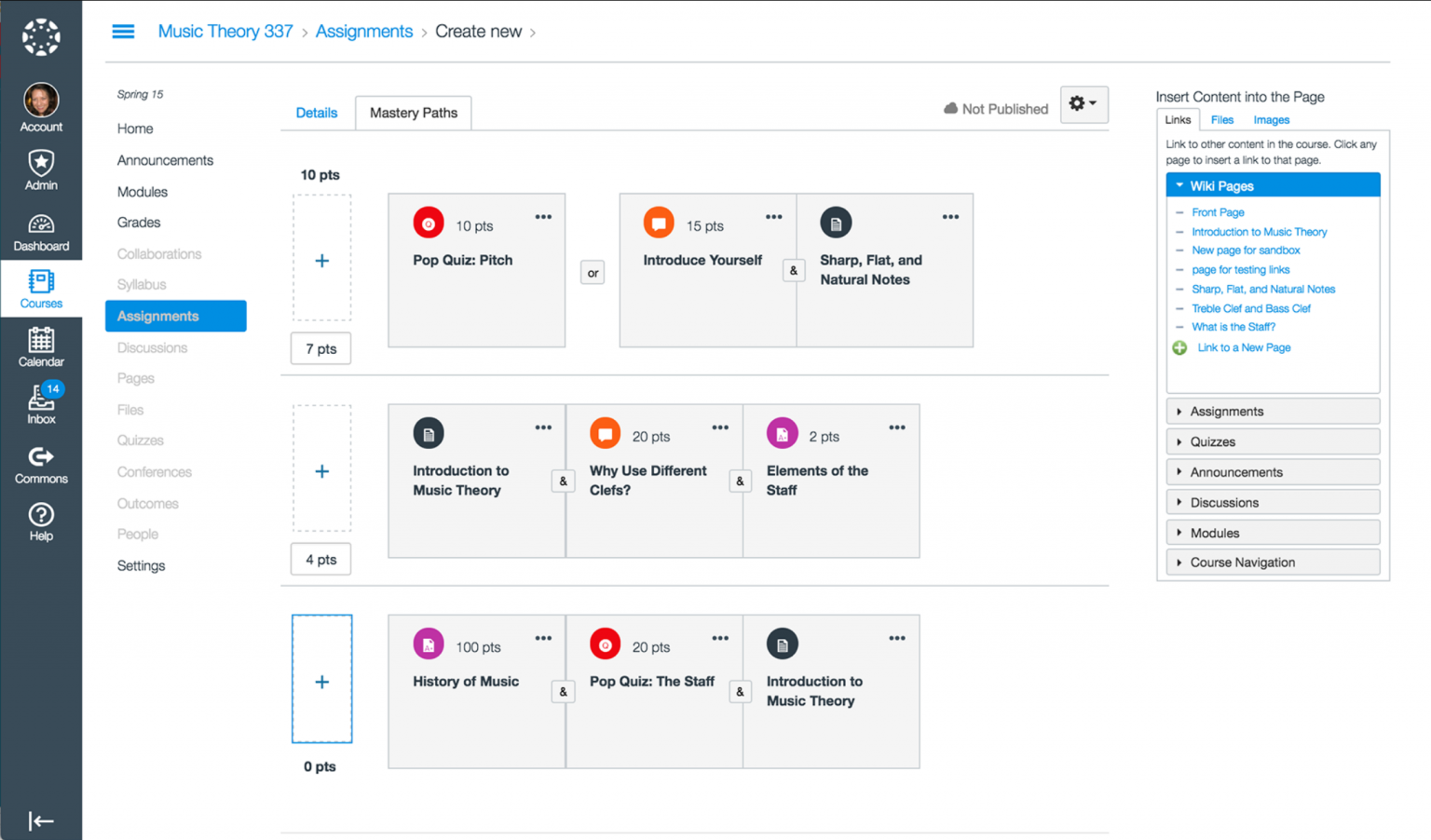Determining the ideal education management system, can seem like wandering through a complex path. With countless options available, each featuring its specific characteristics and capabilities, organizations can quickly become lost. However, choosing the most suitable choice is crucial for ensuring efficient training, smooth user experience, and overall success in reaching educational goals.

As the realm of online learning continues to evolve, spending time in the choosing process is critical than before. The right LMS platform not only enhances the educational experience for users but also facilitates the organization of educational content and reviewing of progress. In this piece, we will discuss crucial considerations and actions to help you make an informed decision on the LMS that aligns most appropriately with your requirements and objectives.
Recognizing Your Needs
A first step in choosing the best LMS platform is to explicitly articulate your business’s educational aims. Think about the types of training you want to deliver, including it is regulatory training, onboarding initiatives, or continuous professional growth. Understanding your goals will help narrow down the features you need from the LMS, such as the capability to track learner advancement, connect with existing platforms, or offer mobile access for users.
Next, evaluate the scope and skill levels of your target audience. A compact organization may require a distinct kind of platform in contrast to a larger business with a diverse workforce. Take into account whether your learners are technologically proficient or if they require a more user-friendly interface. This can shape your LMS selection, ensuring it meets the requirements of all participants while avoiding overwhelming them.
Finally, take into account the financial resources and resources you have available for deploying and continuous use of the LMS platform. A flexible pricing structure may be important if you plan to expand your educational initiatives over time. Factor in costs such as licensing fees, training for administrators and users, and support. Matching your LMS selection with your budget will help guarantee sustainable growth in your educational programs.
Evaluating Functionalities and Usability
When choosing an LMS system, assessing its functionalities is essential to confirming it fulfills the particular needs of your organization. Begin by determining https://www.kallidus.com/product/learn-lms/ that are necessary for your educational programs. These may consist of tools for creating courses, assessment tools, reporting features, and mobile access. A system that provides extensive customization options can help adapt the learning experience to more effectively suit your audience.
User experience is equally important when assessing an LMS platform. An intuitive user UI can significantly enhance both the learner's and administrator's experience. Consider how simple it is to navigate the system, both for instructors creating courses and for learners interacting with the content. A system that minimizes clicks and directly leads users to their intended actions will alleviate frustration and improve overall satisfaction.
Additionally, look into the help resources provided by the LMS vendor. Thorough documentation, video tutorials, and responsive customer service can greatly affect user satisfaction. If your staff encounters problems or has inquiries, readily available support will allow for faster solutions and a smoother onboarding process, ensuring that your organization can fully leverage the platform's features.
Determining the Final Decision
Following evaluating the various LMS platforms based on your company's needs, it is time to bring everything together and reach an informed choice. Analyze the gathered data, which includes input from users, feature comparisons, and pricing models. Be certain that you consider the long-term effects of your choice, such as ability to scale and future updates. Coordinate the picked platform with your long-term objectives and the learning outcomes you wish to accomplish.
Include key influencers in the ultimate choice-making process. This may entail participants from multiple departments such as IT, learning, and leadership. Their perspectives and opinions can provide important perspectives that enrich the decision making procedure. Open conversations can also aid identify any concerns or hesitations that need addressing before committing to a specific LMS platform.
When a decision has been reached, convey it effectively to all relevant parties. Outline the rationale behind the choice to encourage backing and excitement for the selected platform. Share a timeline for implementation and a strategy for training staff on the revised system. A smooth transition to a different LMS system depends on open communication and backing, ensuring that everyone is set for the change and understands how to leverage the new tools for better learning experiences.
